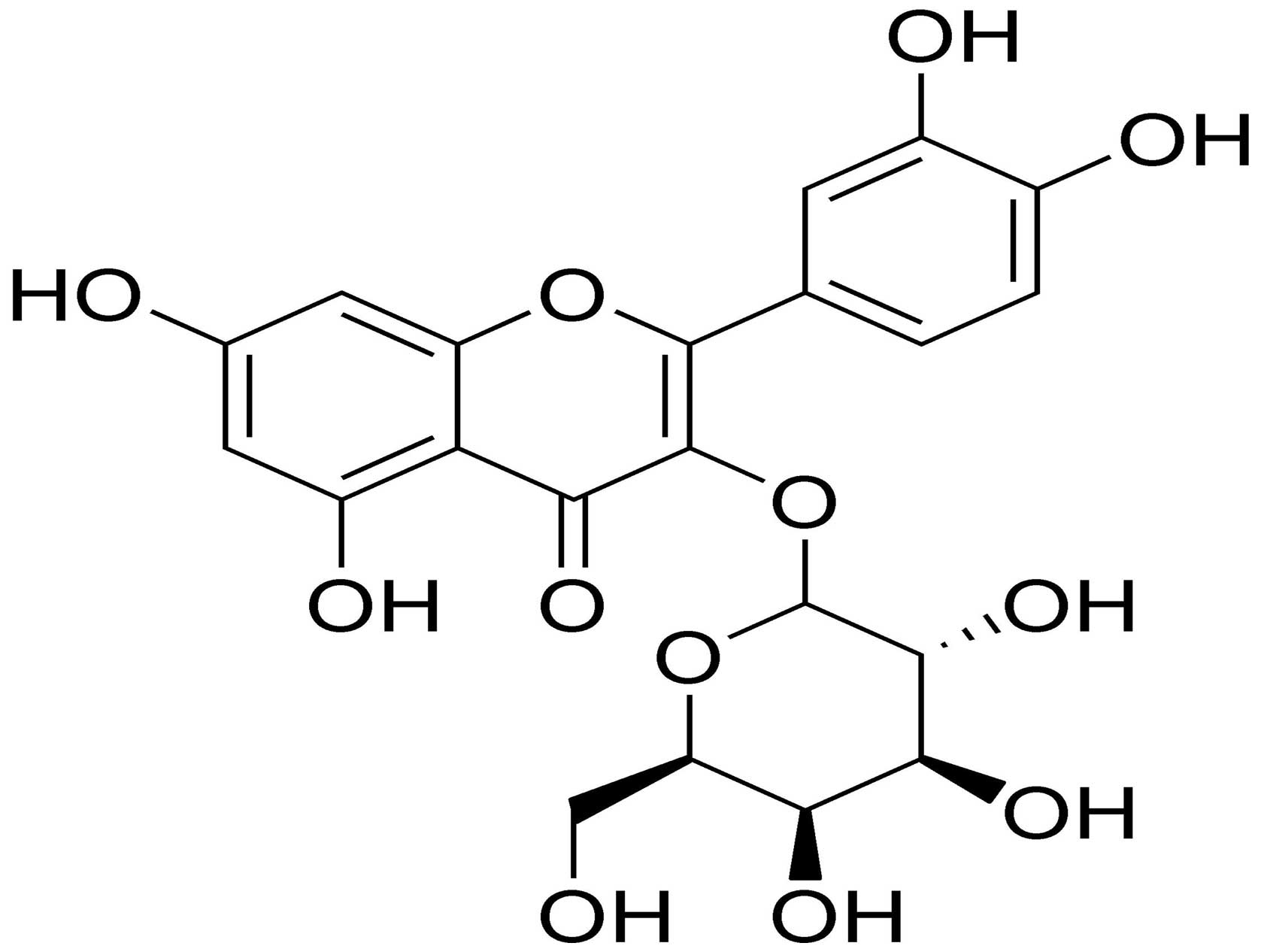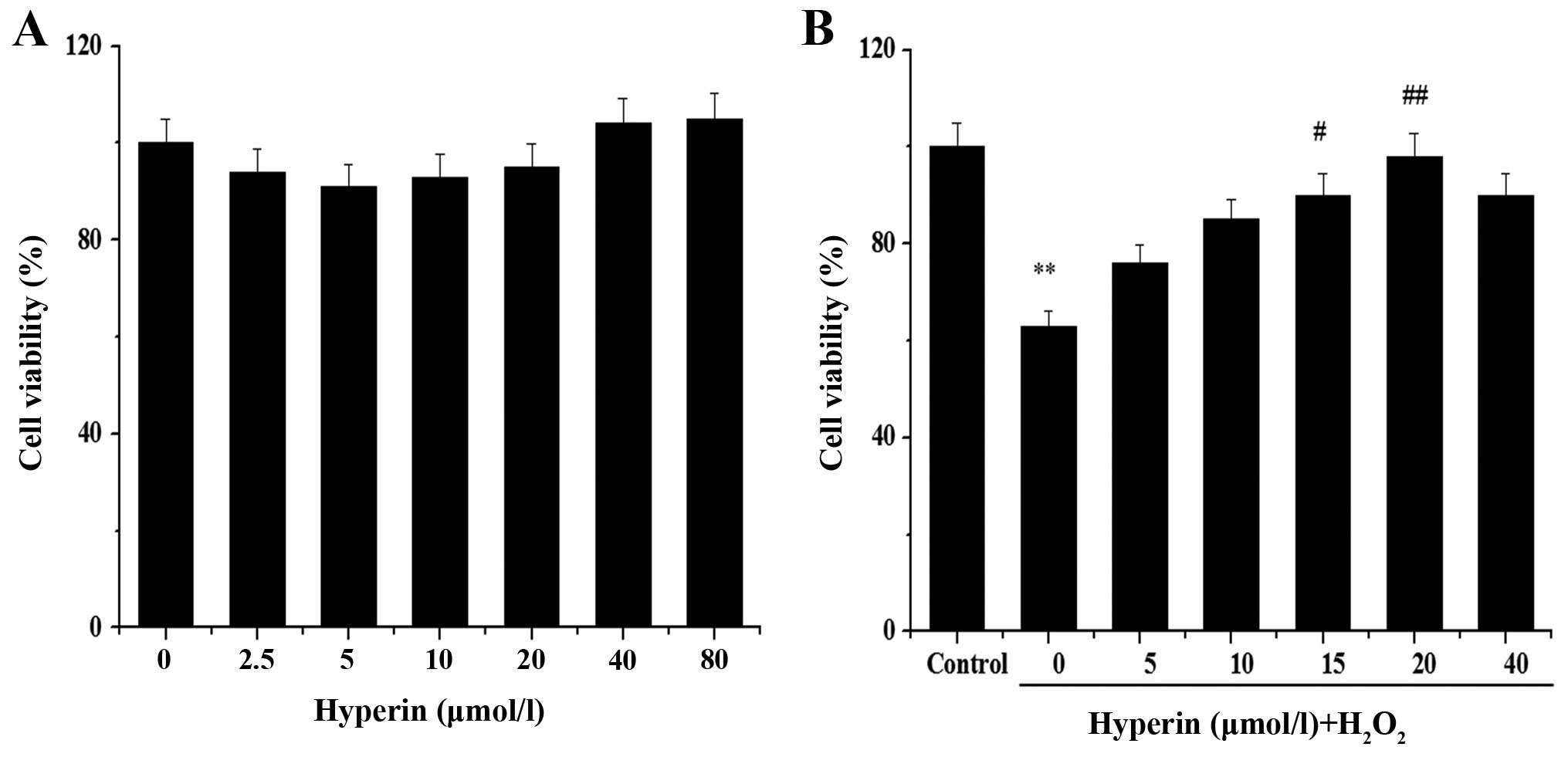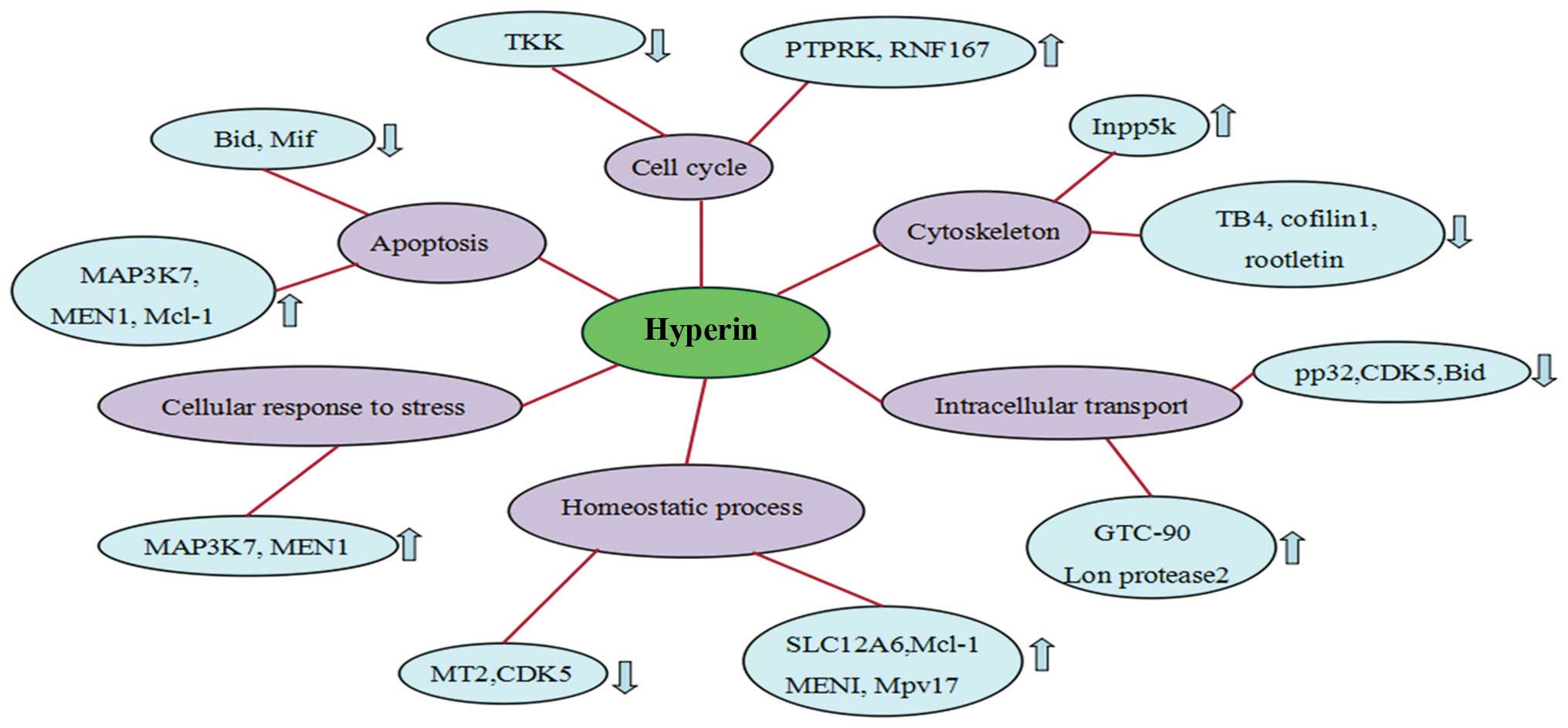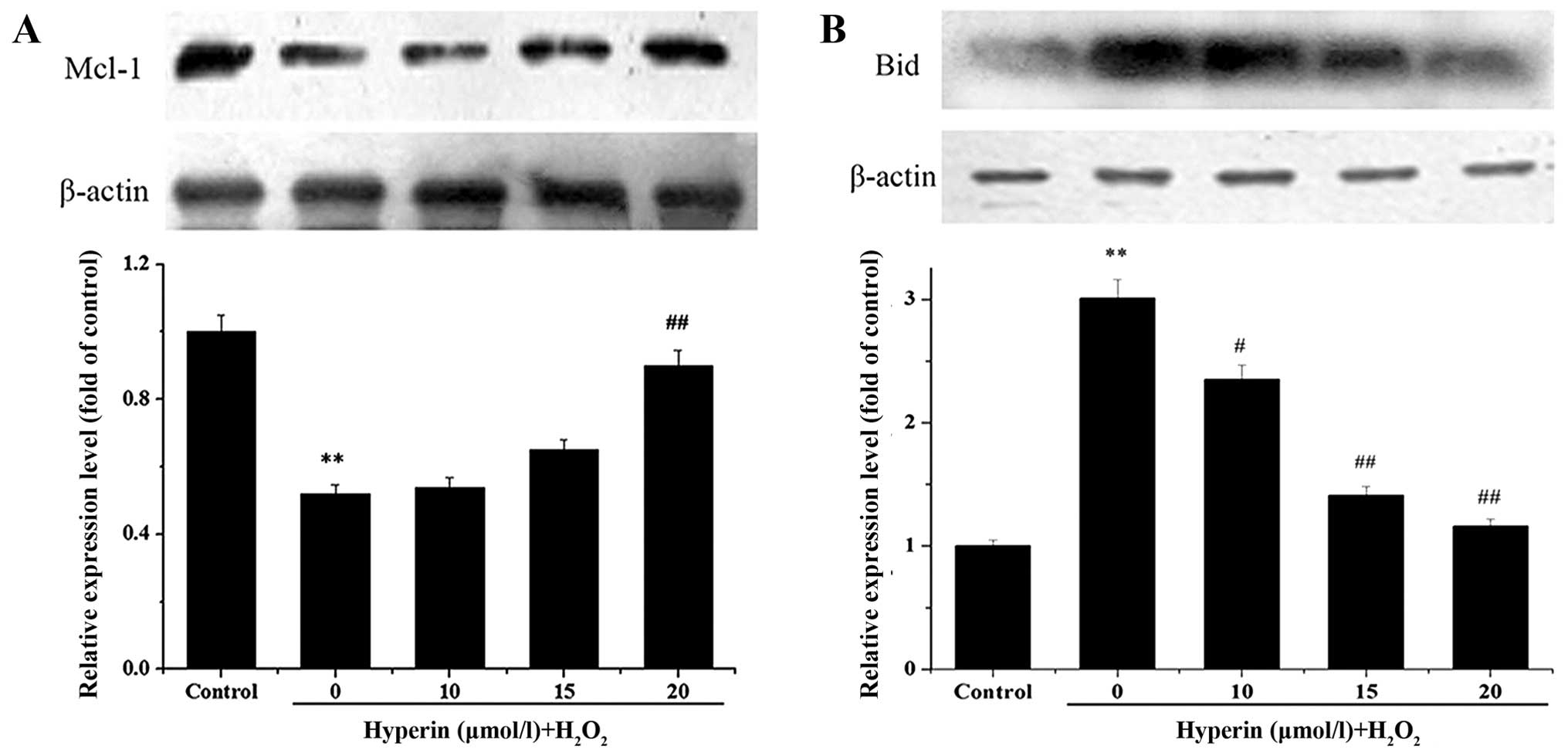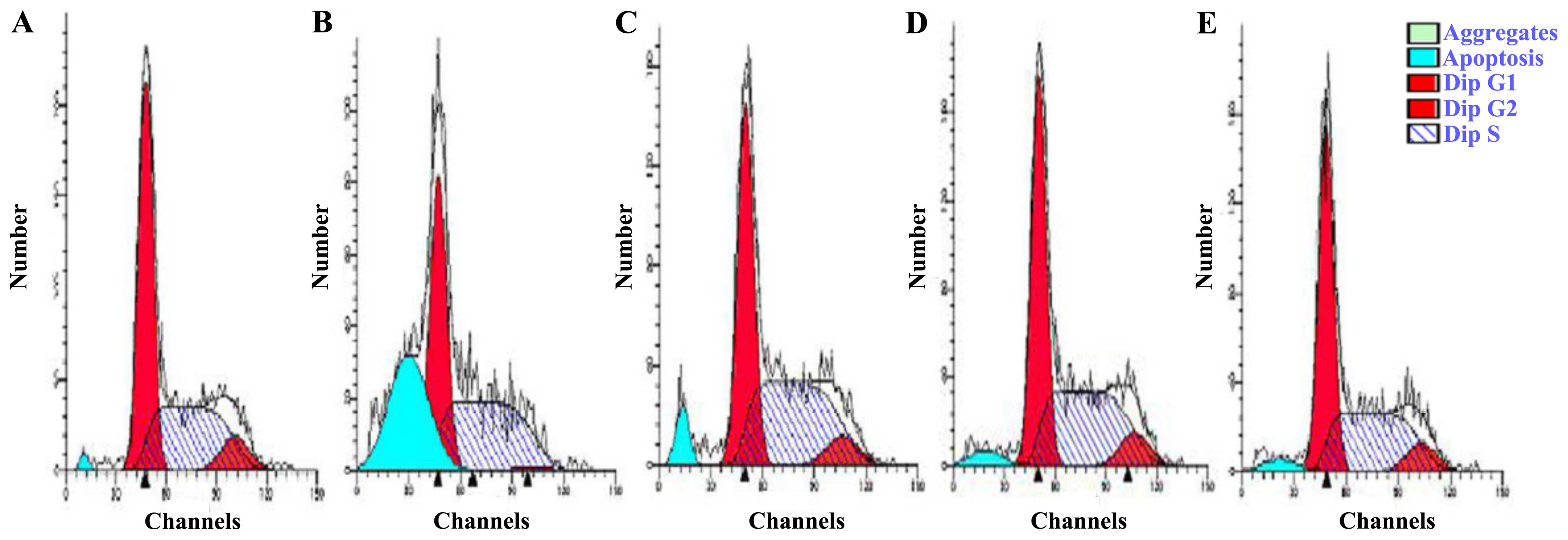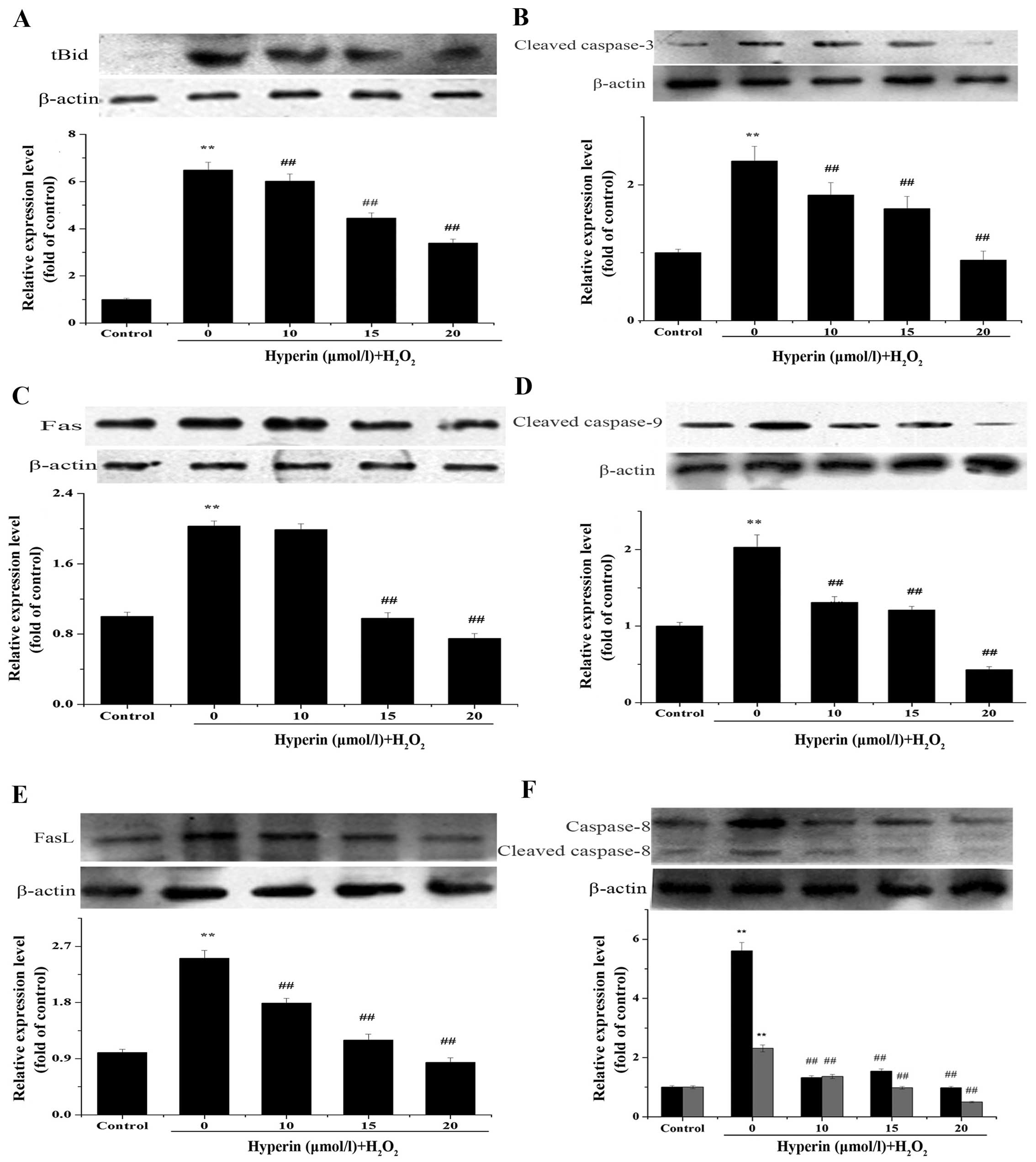|
1
|
Versari D, Daghini E, Virdis A, Ghiadoni L
and Taddei S: Endothelial dysfunction as a target for prevention of
cardiovascular disease. Diabetes Care. 32(Suppl 2): S314–S321.
2009. View Article : Google Scholar : PubMed/NCBI
|
|
2
|
Triggle CR, Samuel SM, Ravishankar S,
Marei I, Arunachalam G and Ding H: The endothelium: influencing
vascular smooth muscle in many ways. Can J Physiol Pharmacol.
90:713–738. 2012. View Article : Google Scholar : PubMed/NCBI
|
|
3
|
Choy JC, Granville DJ, Hunt DW and McManus
BM: Endothelial cell apoptosis: biochemical characteristics and
potential implications for atherosclerosis. J Mol Cell Cardiol.
33:1673–1690. 2001. View Article : Google Scholar : PubMed/NCBI
|
|
4
|
Aird WC: Endothelium and haemostasis.
Hamostaseologie. 35:11–16. 2015. View Article : Google Scholar : PubMed/NCBI
|
|
5
|
Middleton E Jr, Kandaswami C and
Theoharides TC: The effects of plant flavonoids on mammalian cells:
implications for inflammation, heart disease, and cancer. Pharmacol
Rev. 52:673–751. 2000.PubMed/NCBI
|
|
6
|
Wang WQ, Ma CG and Xu SY: Protective
effect of hyperin against myocardial ischemia and reperfusion
apoptosis. Acta Pharmacol Sin. 17:341–344. 1996.
|
|
7
|
Bernatoniene J, Trumbeckaite S, Majiene D,
Baniene R, Baliutyte G, Savickas A and Toleikis A: The effect of
crataegus fruit extract and some of its flavonoids on mitochondrial
oxidative phosphorylation in the heart. Phytother Res.
23:1701–1707. 2009. View
Article : Google Scholar : PubMed/NCBI
|
|
8
|
Li ZL, Liu JC, Hu J, Li XQ, Wang SW, Yi DH
and Zhao MG: Protective effects of hyperoside against human
umbilical vein endothelial cell damage induced by hydrogen
peroxide. J Ethnopharmacol. 139:388–394. 2012. View Article : Google Scholar
|
|
9
|
Müller WE, Singer A, Wonnemann M, Hafner
U, Rolli M and Schäfer C: Hyperforin represents the
neurotransmitter reuptake inhibiting constituent of hypericum
extract. Pharmacopsychiatry. 31(Suppl 1): 16–21. 1998. View Article : Google Scholar : PubMed/NCBI
|
|
10
|
Hao XL: Study on the substance bases of
anti-thrombi activity and the mechanism of anti-apoptosis of human
umbilical vein endothelial cells of total flavonoids from Folium
Apocyni Veneti. Ph.D thesis. Shanxi Medical University; 2009, In
Chinese.
|
|
11
|
Ross PL, Huang YN, Marchese JN, Williamson
B, Parker K, Hattan S, Khainovski N, Pillai S, Dey S, Daniels S, et
al: Multiplexed protein quantitation in Saccharomyces cerevisiae
using amine-reactive isobaric tagging reagents. Mol Cell
Proteomics. 3:1154–1169. 2004. View Article : Google Scholar : PubMed/NCBI
|
|
12
|
Aggarwal K, Choe LH and Lee KH: Shotgun
proteomics using the iTRAQ isobaric tags. Brief Funct Genomics
Proteomics. 5:112–120. 2006. View Article : Google Scholar
|
|
13
|
Lim D, Roh JY, Eom HJ, Choi JY, Hyun J and
Choi J: Oxidative stress-related PMK-1 P38 MAPK activation as a
mechanism for toxicity of silver nanoparticles to reproduction in
the nematode Caenorhabditis elegans. Environ Toxicol Chem.
31:585–592. 2012. View
Article : Google Scholar
|
|
14
|
Morioka S, Inagaki M, Komatsu Y, Mishina
Y, Matsumoto K and Ninomiya-Tsuji J: TAK1 kinase signaling
regulates embryonic angiogenesis by modulating endothelial cell
survival and migration. Blood. 120:3846–3857. 2012. View Article : Google Scholar : PubMed/NCBI
|
|
15
|
Sun PH, Ye L, Mason MD and Jiang WG:
Receptor-like protein tyrosine phosphatase κ negatively regulates
the apoptosis of prostate cancer cells via the JNK pathway. Int J
Oncol. 43:1560–1568. 2013.PubMed/NCBI
|
|
16
|
Stojanovic I, Saksida T, Timotijevic G,
Sandler S and Stosic-Grujicic S: Macrophage migration inhibitory
factor (MIF) enhances palmitic acid- and glucose-induced murine
beta cell dysfunction and destruction in vitro. Growth Factors.
30:385–393. 2012. View Article : Google Scholar : PubMed/NCBI
|
|
17
|
Schumacher E, Vigh E, Molnár V, Kenyeres
P, Fehér G, Késmárky G, Tóth K and Garai J: Thrombosis preventive
potential of chicory coffee consumption: a clinical study.
Phytother Res. 25:744–748. 2011. View
Article : Google Scholar : PubMed/NCBI
|
|
18
|
Chatterjee M, Borst O, Walker B, Fotinos
A, Vogel S, Seizer P, Mack A, Alampour-Rajabi S, Rath D, Geisler T,
et al: Macrophage migration inhibitory factor limits
activation-induced apoptosis of platelets via CXCR7-dependent Akt
signaling. Circ Res. 115:939–949. 2014. View Article : Google Scholar : PubMed/NCBI
|
|
19
|
Tang Q, Ji Q, Tang Y, Chen T, Pan G, Hu S,
Bao Y, Peng W and Yin P: Mitochondrial translocation of cofilin-1
promotes apoptosis of gastric cancer BGC-823 cells induced by
ursolic acid. Tumour Biol. 35:2451–2459. 2014. View Article : Google Scholar
|
|
20
|
Yang T, Kozopas KM and Craig RW: The
intracellular distribution and pattern of expression of Mcl-1
overlap with, but are not identical to, those of Bcl-2. J Cell
Biol. 128:1173–1184. 1995. View Article : Google Scholar : PubMed/NCBI
|
|
21
|
Shimazu T, Degenhardt K, Nur-E-Kamal A,
Zhang J, Yoshida T, Zhang Y, Mathew R, White E and Inouye M:
NBK/BIK antagonizes MCL-1 and BCL-XL and activates BAK-mediated
apoptosis in response to protein synthesis inhibition. Genes Dev.
21:929–941. 2007. View Article : Google Scholar : PubMed/NCBI
|
|
22
|
Luo X, Budihardjo I, Zou H, Slaughter C
and Wang X: Bid, a Bcl2 interacting protein, mediates cytochrome c
release from mitochondria in response to activation of cell surface
death receptors. Cell. 94:481–490. 1998. View Article : Google Scholar : PubMed/NCBI
|
|
23
|
Li H, Zhu H, Xu CJ and Yuan J: Cleavage of
BID by caspase 8 mediates the mitochondrial damage in the Fas
pathway of apoptosis. Cell. 94:491–501. 1998. View Article : Google Scholar : PubMed/NCBI
|
|
24
|
Inagaki M, Omori E, Kim JY, Komatsu Y,
Scott G, Ray MK, Yamada G, Matsumoto K, Mishina Y and
Ninomiya-Tsuji J: TAK1-binding protein 1, TAB1, mediates osmotic
stress-induced TAK1 activation but is dispensable for TAK1-mediated
cytokine signaling. J Biol Chem. 283:33080–33086. 2008. View Article : Google Scholar : PubMed/NCBI
|
|
25
|
Chun KH, Benbrook DM, Berlin KD, Hong WK
and Lotan R: The synthetic heteroarotinoid SHetA2 induces apoptosis
in squamous carcinoma cells through a receptor-independent and
mitochondria-dependent pathway. Cancer Res. 63:3826–3832.
2003.PubMed/NCBI
|
|
26
|
Gogvadze V, Orrenius S and Zhivotovsky B:
Multiple pathways of cytochrome c release from mitochondria in
apoptosis. Biochim Biophys Acta. 1757:639–647. 2006. View Article : Google Scholar : PubMed/NCBI
|
|
27
|
Yin XM: Signal transduction mediated by
Bid, a pro-death Bcl-2 family proteins, connects the death receptor
and mitochondria apoptosis pathways. Cell Res. 10:161–167. 2000.
View Article : Google Scholar : PubMed/NCBI
|



